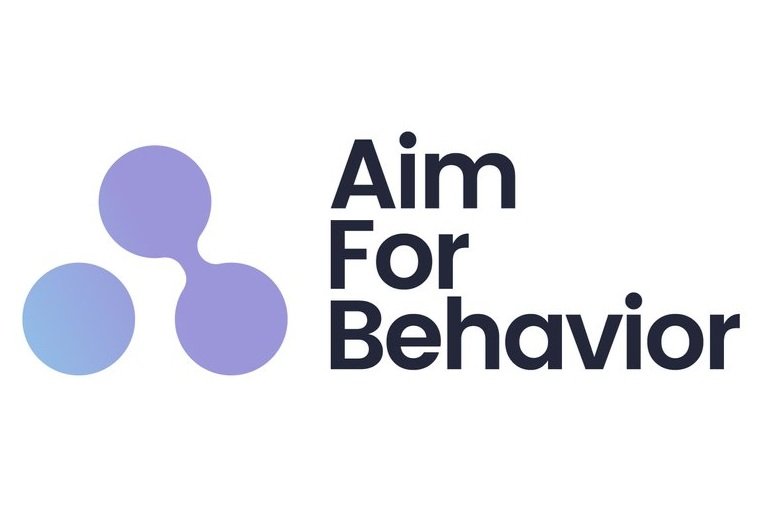How can we combine Journey Mapping and Behavioral Science to get better outcomes?
I have been working on both training a team and with some companies lately, helping add a behavioral lens to their customer journey maps/blueprints, and I thought I would share a bit on the topic. (will be sharing more in the coming weeks)
As a background, I have spent many many hours working with teams on both journey maps and service blueprints.
It was a standard practice I drove while working on a digital transformation in government.
What I remember from the early days, was the fact that while as a service designer/head of innovation, I was capturing needs and pain points on the maps, however I was not really capturing the behavioral drivers (those things that can either enable or stop a behavior from happening.
That got me working on a solution to address this, and one that could help both service designers and behavioral scientists.
🗺 The Journey Map - Enhanced with true Behavioral Insights
Let's take COM-B and the Behavior Change Wheel - which I use in my work.
When we use something like COM-B, we are working on understanding what is driving someone's behavior, and we do so by looking at 3 dimensions - Capability, Opportunity, and Motivation.
We normally would be able to take data or do interviews and code back the answers to COM-B so we can then know the areas we need to work on.
Here, we can either increase enablers or remove barriers.
With this information at hand, we can now go back to our current journey maps (or we can create new ones) and add new lanes that can capture the drivers and the interventions we are using to address the needs and pain points.
Why do we want to add the drivers addressed, intervention types, and behavior change techniques to the solutions we propose?
Because we want to work in an evidence-based and systematic approach, and we can only do that if we add to our tools a framework like the Behavior Change Wheel as an example.
Once we have all this, we can update our map, develop new lanes and keep it at hand as a decision-making tool, so we can check and see how the experience changes and improves as we add these new layers of behavior to it.
This is something most organizations know and want, but may not be familiar with the behavioral process to incorporate it.
It's not enough to just add behaviors to a map, without then analyzing them from a psychological and behavioral insights perspective - if you only do that, then you are doing "Behavioral Theater".
These are other ways I can help you:
1 ) Get my Behavior Basics Course: Learn to add that missing Behavioral Science layer to your products and services in an easy and practical way
2) Explore my services: I work on small projects or as part of your team
3) Frameworks: Get access to my frameworks and tools
4) If you want to get Behavior Science and Innovation Tools join my newsletter below 👇

